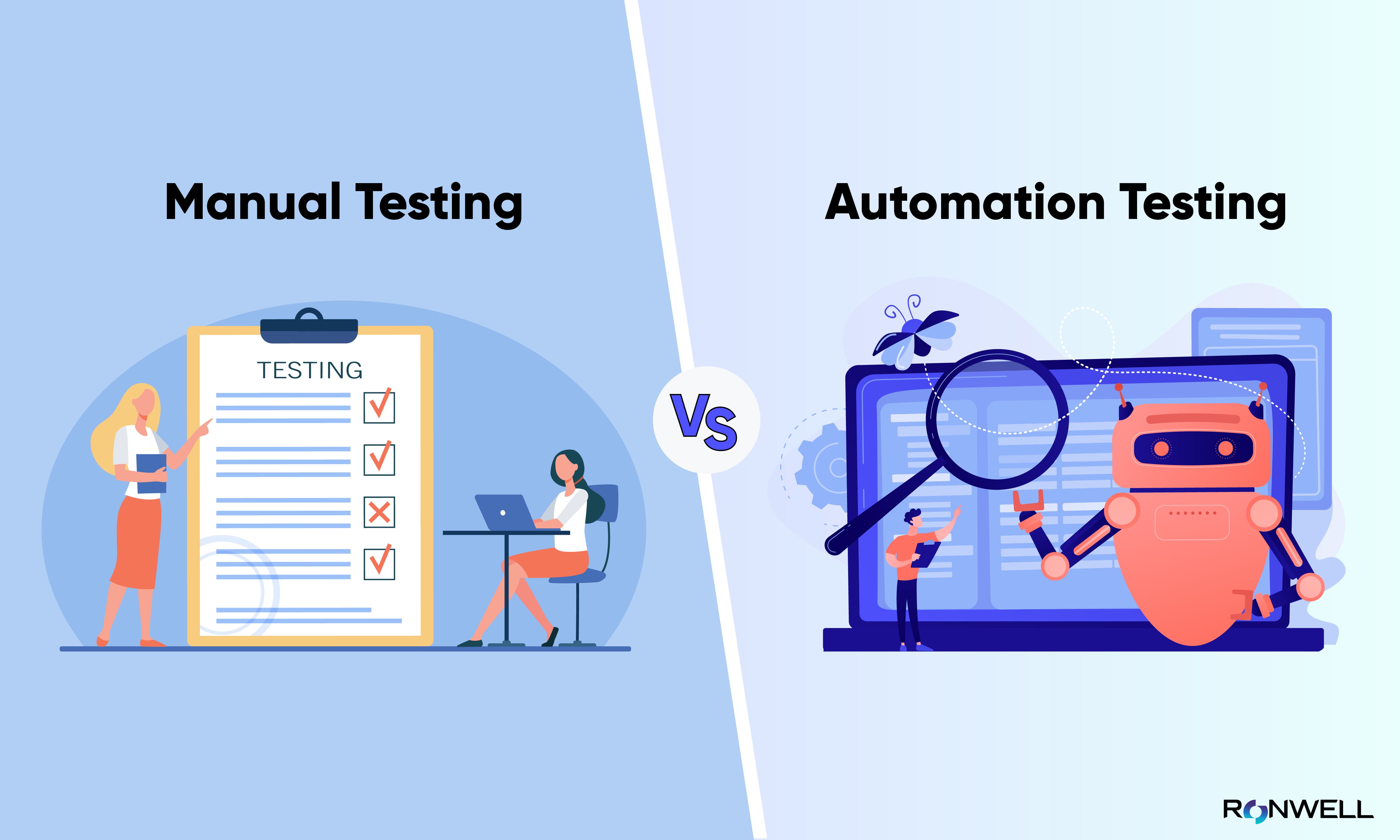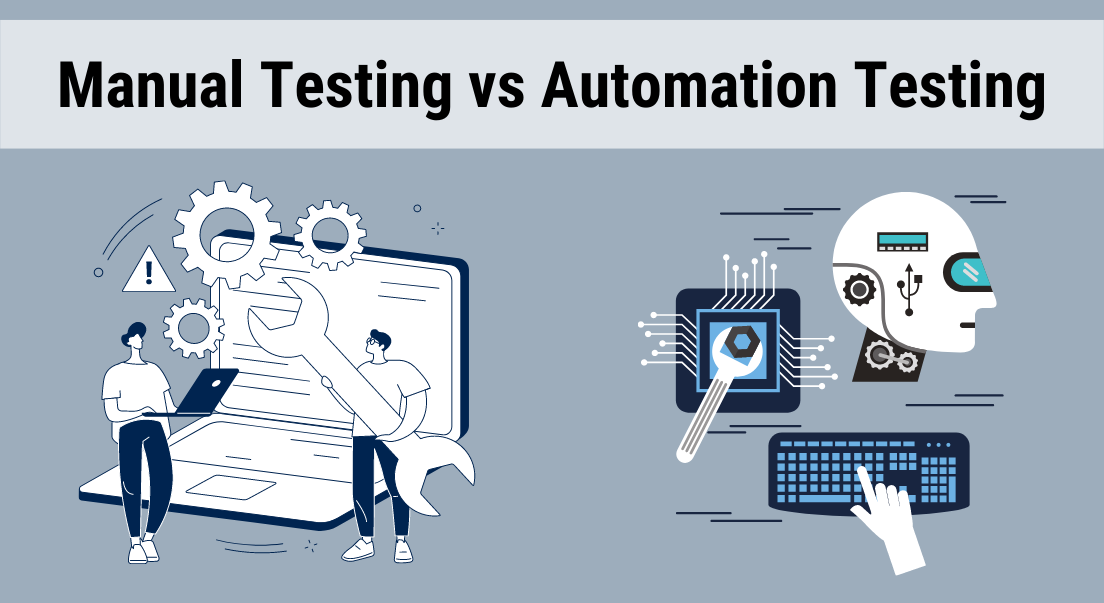Automation Testing Structures: Streamlining Complex Testing Scenarios
Automation Testing Structures: Streamlining Complex Testing Scenarios
Blog Article
From Manual to Automated Testing: A Comprehensive Overview to Transitioning Efficiently and Properly
In the realm of software program screening, the shift from guidebook to automated procedures has actually ended up being a significantly crucial change for organizations looking for to enhance efficiency and precision in their screening practices. The trip from manual to automated testing is not without its challenges, but when approached purposefully and with a clear plan in mind, the advantages can be considerable.
Benefits of Automated Checking
Automated testing provides countless benefits, improving effectiveness and accuracy in software growth procedures. One primary advantage is the substantial reduction in screening time. Automated tests can be run at the same time on multiple gadgets and operating systems, drastically accelerating the screening stage compared to hand-operated testing. This raised effectiveness enables faster comments on the quality of the software, enabling designers to recognize and deal with concerns quickly.
Additionally, automated screening guarantees a greater degree of accuracy in finding flaws. Considering that automated examinations comply with predefined scripts, human error is reduced, bring about even more dependable test results. Consistency in screening is likewise boosted, as automated examinations carry out the exact same actions specifically each time they are run. This uniformity is vital in guaranteeing that all capabilities of the software application are completely checked, minimizing the probability of unseen pests sliding with to production.
Choosing the Right Tools

First of all, analyze your purposes and demands. Comprehend the extent of your project, the modern technologies entailed, and the skill collection of your group. This evaluation will certainly assist you establish the attributes and capabilities you require in your screening tools.
Second of all, take into consideration the compatibility of the devices with your existing systems and processes. Seamless integration with your present software growth lifecycle is necessary to make certain a smooth transition to automation.
Additionally, examine the scalability and adaptability of the tools. As your testing requires progress, the tools need to have the ability to adjust and fit changes properly.
Lastly, consider the assistance and community around the tools. When implementing automated testing, robust support and an energetic individual neighborhood can offer important sources and support. By meticulously considering these facets, you can choose the right devices that align with your demands and established the stage for an effective shift to automated screening.
Writing Reliable Test Manuscripts

When crafting examination manuscripts, it is necessary to take into consideration the specific needs of the software being evaluated and make certain that the manuscripts attend to all vital functionalities. Clear and detailed naming conventions for examination manuscripts and examination cases can enhance readability and maintainability. In addition, including important link mistake handling systems within the test manuscripts can assist in identifying and dealing with problems immediately.
Furthermore, organizing examination scripts into modular components can enhance reusability and scalability, lowering redundancy and enhancing effectiveness in examination manuscript maintenance. Normal evaluations and updates to examine manuscripts are vital to equal developing software program demands and performances. By following these concepts, testers can create reliable and durable examination scripts that add significantly to the success of automated testing processes.
Integrating Automation Into Workflows
By flawlessly incorporating automated screening devices like Selenium or Appium into the software application advancement lifecycle, teams can achieve faster comments on code changes, leading to quicker pest discovery and resolution. This integration enables for constant testing throughout the advancement process, making sure that any kind of concerns are identified early on, resulting in higher software high quality. Proper integration of automation devices calls for cooperation between development, testing, and procedures groups to establish a unified workflow that enhances effectiveness and efficiency in providing top notch software products.
Making Certain a Smooth Change
Effectively transitioning to automated testing includes meticulous planning and cautious execution to optimize and decrease interruptions performance in the software growth process - automation testing. To make sure a smooth shift, it is necessary to start click to read by conducting a comprehensive assessment of the current screening procedures and recognizing locations where automation can bring one of the most significant benefits. Involving with all stakeholders early while doing so, consisting of programmers, testers, and project supervisors, is vital for amassing support and buy-in for the automation effort
Interaction is key throughout this shift phase. Clear interaction of the goals, benefits, and assumptions of automated testing helps to handle any kind of resistance or problems that might develop. Furthermore, providing sufficient training and resources for staff member to upskill in automation tools and techniques is crucial for guaranteeing a successful transition.

Final Thought
In conclusion, transitioning from guidebook to automated testing provides various benefits, consisting of boosted effectiveness and integrity. By picking the suitable devices, composing effective test scripts, and incorporating automation effortlessly into operations, organizations can ensure a successful and smooth transition. It is important to welcome automation as a valuable possession in software testing procedures to enhance overall high quality and productivity.
In the realm of software program screening, the Recommended Site change from handbook to automated procedures has come to be a progressively important transition for companies seeking to enhance performance and precision in their screening practices. Automated examinations can be run at the same time on numerous tools and operating systems, drastically speeding up the testing stage compared to hand-operated screening. Consistency in screening is additionally enhanced, as automated examinations perform the same steps exactly each time they are run.To make sure the successful application of chosen screening devices, the creation of effective test manuscripts plays an important role in confirming the performance and performance of automated procedures - automation testing. By complying with these concepts, testers can create durable and reliable examination scripts that add substantially to the success of automated screening processes
Report this page